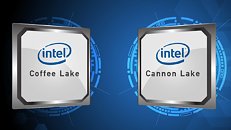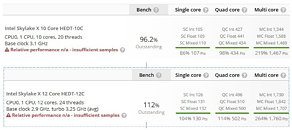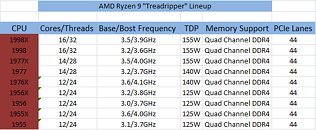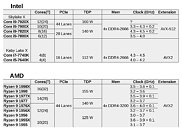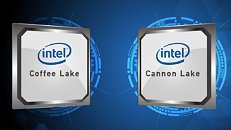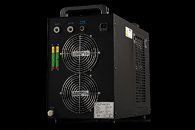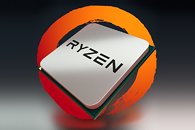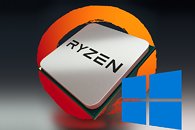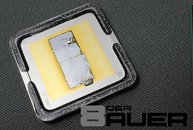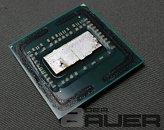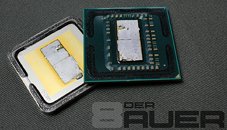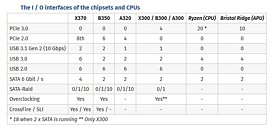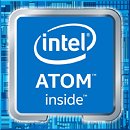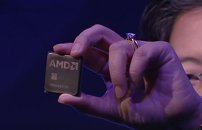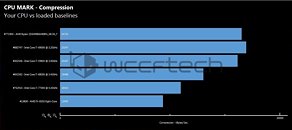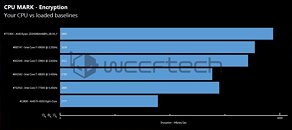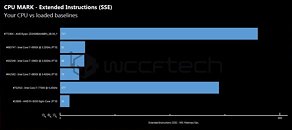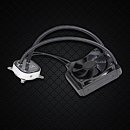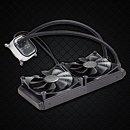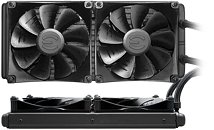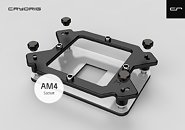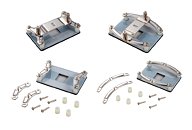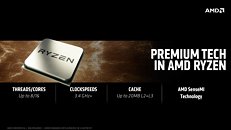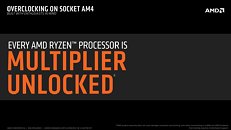
Intel's Upcoming Core i9 Skylake-X CPU Benchmarks Surface
It seems that Intel's accelerated released schedule for its upcoming HEDT platform is starting to slowly bear fruits, with many details leaking through the cracks almost non-stop during the last few days (and before you ask, yes, I did have more links to show you.)
These should be two of the top performing processors in Intel's line-up, and the i9 7900X (10-core) and 7920X (12-core) have been tested on integer and floating point calculations. The 10-core i9-7900X (3.1 GHz base frequency, no Turbo listed)) scores 107 points in single-core benchmarks, and 1467 points in the multi-core test. The 12-core, 2.9 GHz base frequency 7920X, however, scores a head-scratchingly-higher 130 points in the same single-threaded benchmark, despite carrying the same architecture at... hmm... lower clocks. Maybe this processor's Turbo is working as expected, up to 3.25 GHz (average), and that's the factor for the higher single-core performance?
These should be two of the top performing processors in Intel's line-up, and the i9 7900X (10-core) and 7920X (12-core) have been tested on integer and floating point calculations. The 10-core i9-7900X (3.1 GHz base frequency, no Turbo listed)) scores 107 points in single-core benchmarks, and 1467 points in the multi-core test. The 12-core, 2.9 GHz base frequency 7920X, however, scores a head-scratchingly-higher 130 points in the same single-threaded benchmark, despite carrying the same architecture at... hmm... lower clocks. Maybe this processor's Turbo is working as expected, up to 3.25 GHz (average), and that's the factor for the higher single-core performance?
